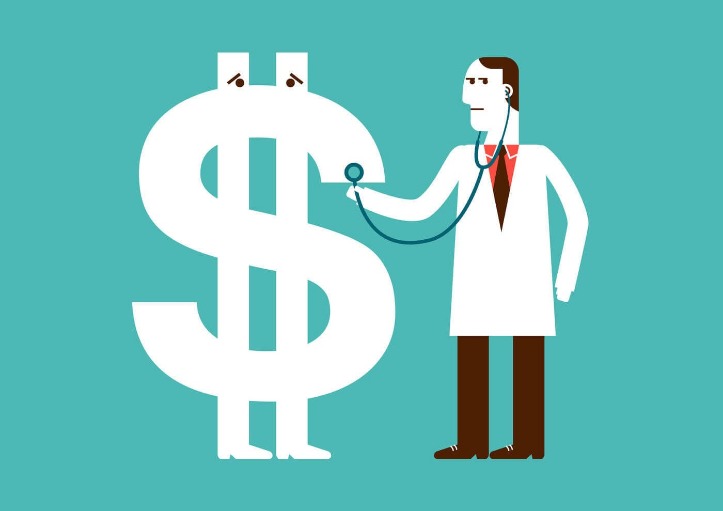Healthcare is an essential aspect of society, and the advancement of technology has transformed the way we approach healthcare services. With the rise of digital transformation, the healthcare industry is experiencing significant changes that are benefiting both healthcare providers and patients alike.
The Impact of Digital Transformation on Healthcare
Digital transformation in healthcare involves the integration of digital technologies to improve the quality of care, enhance communication among healthcare professionals, streamline administrative processes, and provide better access to healthcare services for patients. Some key impacts of digital transformation in healthcare include:
- Improved patient care and outcomes
- Enhanced efficiency and productivity
- Increased access to healthcare services
- Empowerment of patients through access to health information
- Enhanced communication among healthcare providers
Frequently Asked Questions about Digital Transformation in Healthcare
What are some examples of digital transformation in healthcare?
- Telemedicine – providing remote healthcare services
- Electronic Health Records (EHR) – digital patient records for easy access by healthcare providers
- Health apps – mobile applications for tracking health data and monitoring health conditions
How does digital transformation improve patient care?
- Telemedicine allows patients to consult with healthcare providers remotely, reducing the need for in-person visits
- EHR systems enable healthcare providers to access a patient’s medical history quickly, leading to more informed treatment decisions
- Health apps help patients track their health data and receive real-time feedback on their health status
Read more about hospital readmissions here.
Overall, digital transformation in healthcare is revolutionizing the way healthcare services are delivered, leading to improved patient outcomes, enhanced efficiency, and greater access to healthcare services. By embracing digital technologies, the healthcare industry can continue to evolve and adapt to meet the needs of patients in our ever-changing world.

Leave a Reply